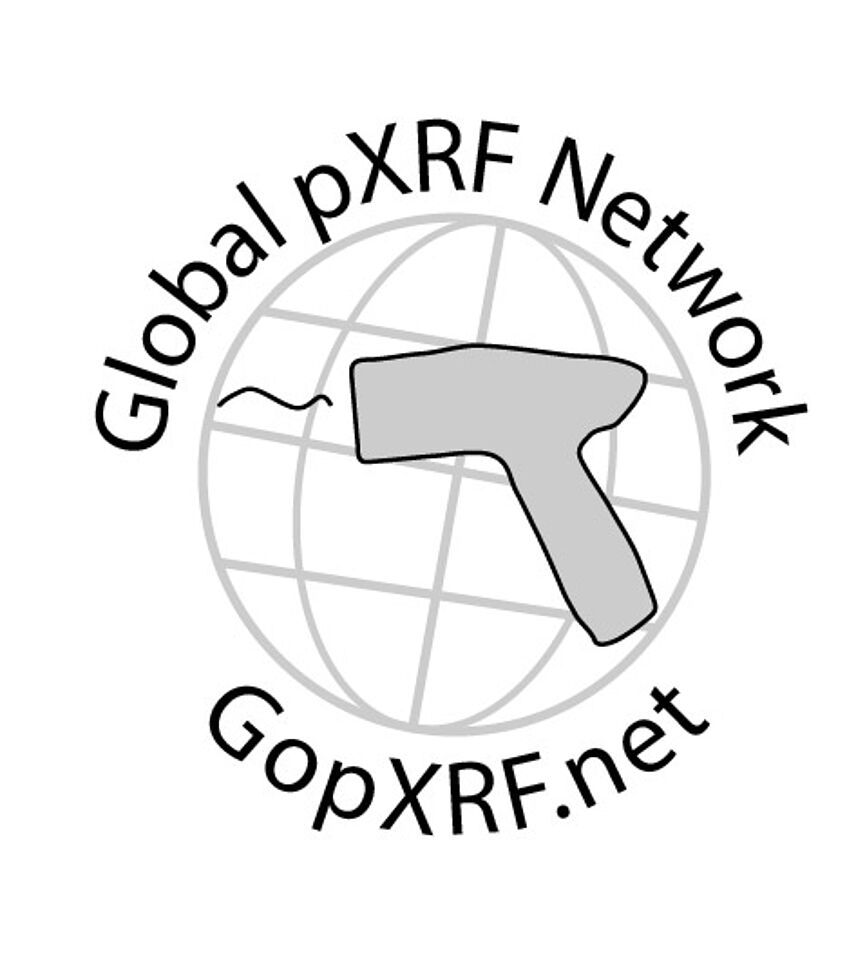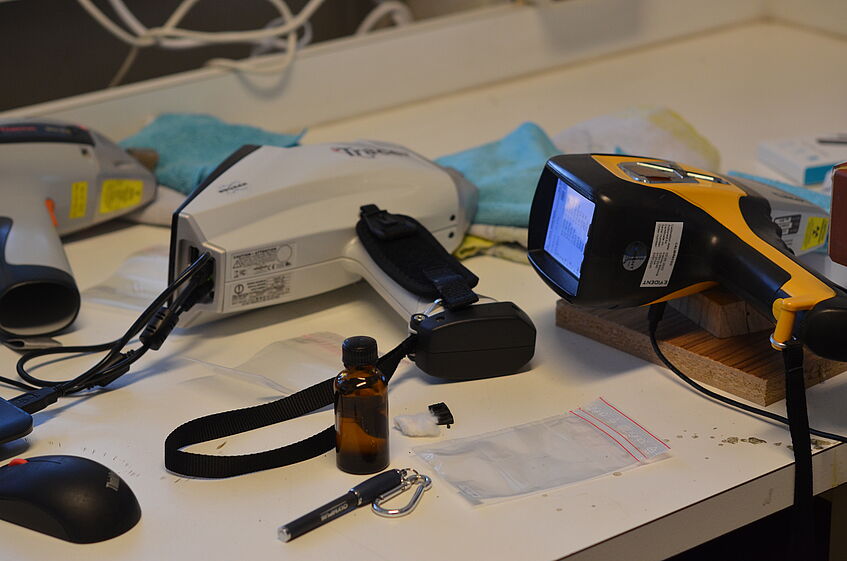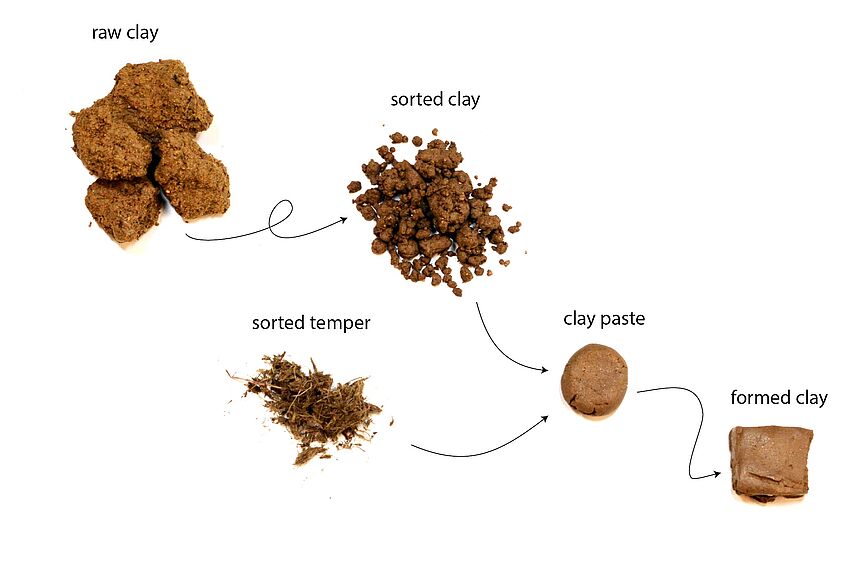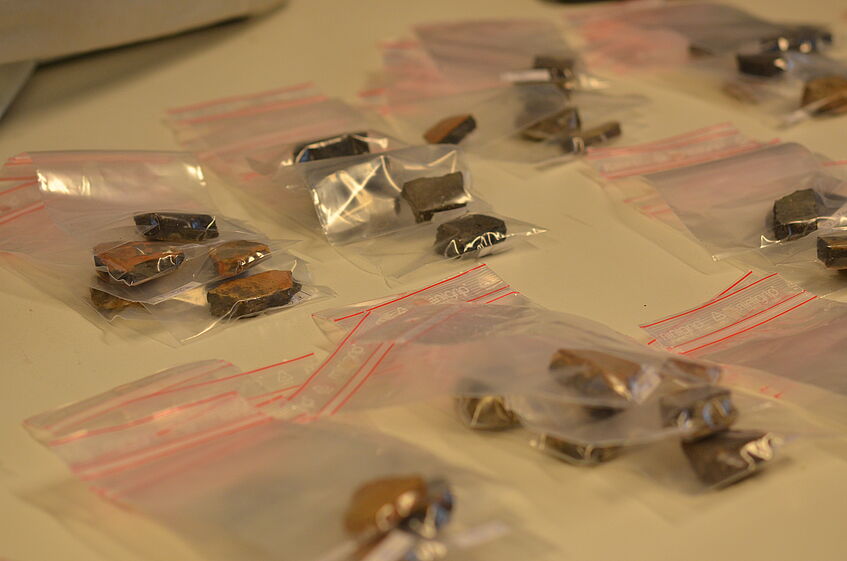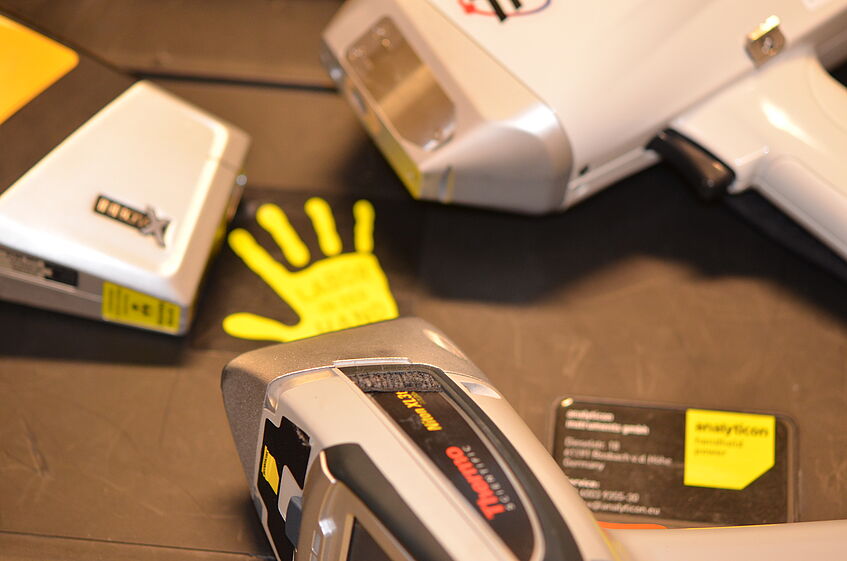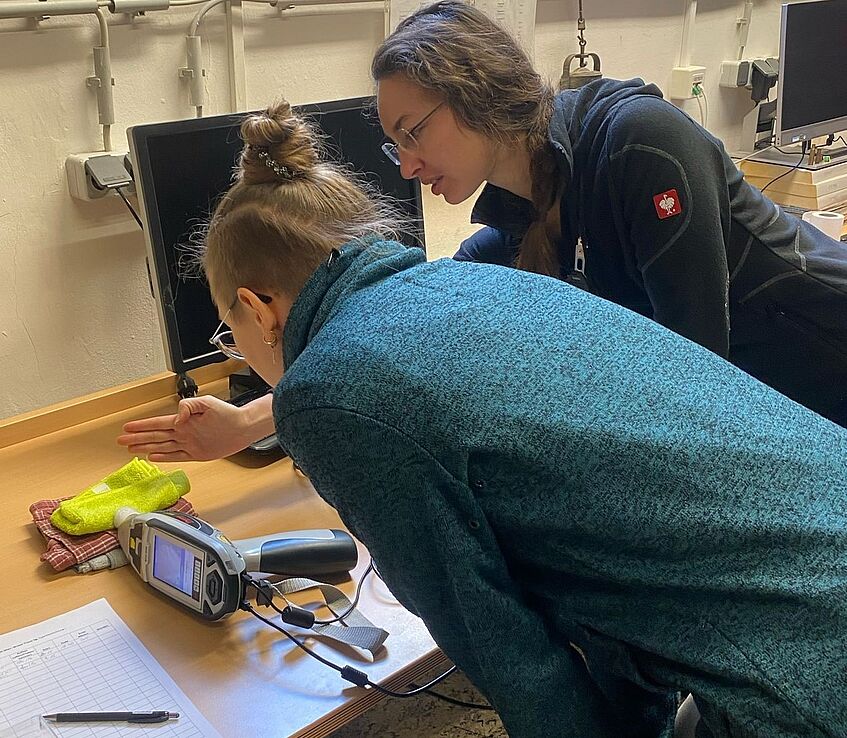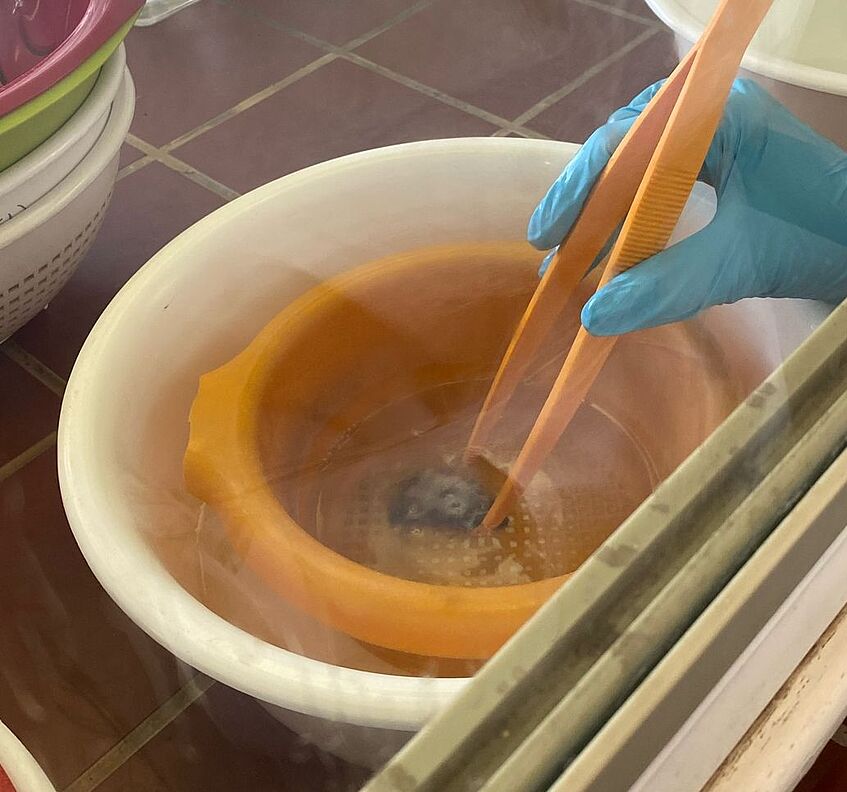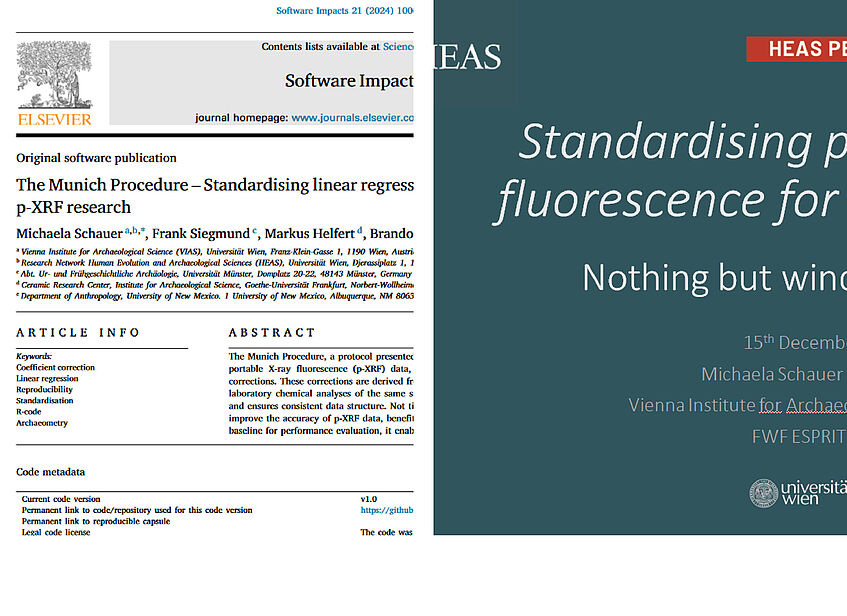Standardising Portable X-ray Fluorescence for Archaeometry
FWF ESPRIT 476 - Michaela Schauer MA BA ACIfA
The status quo
The status quo
Portable X-ray fluorescence analysis (p-XRF) has been a valuable tool in archaeological research for many years. Despite its potential, the credibility of this chemical analysis method has faced significant skepticism from the archaeological community. This skepticism stems from various factors, including the misuse of p-XRF on unsuitable materials and the uncritical acceptance of instrument-generated results. These issues have led to a number of misguided publications that have cast doubt on the reliability of p-XRF in archaeological studies. Originally developed for materials testing, p-XRF made its way into archaeological research oftentimes without thorough consideration of its specific requirements for analysing artifacts like pottery. Compounded by the lack of expertise among users and the absence of standardised data collection and evaluation practices, the method’s credibility has been further undermined.
Aims of the project
Recognising the challenges described above, the FWF ESPRIT project ESP 476 will address (at least some of) these shortcomings through a comprehensive investigation of p-XRF instruments and their application to silicate materials, in particular ceramics: This will include detailed instrument studies, including, for example, experiments to assess environmental influences on measurements and investigations of sample characteristics that affect accuracy and precision. By using two to three different instruments, the aim is to establish consistent measurement standards and to identify instrument-specific variations.
In addition, the synergies between p-XRF and other archaeometric methods will be investigated in order to optimise their combined use. Beyond experimental research, the project will focus on developing statistical protocols and data processing procedures to ensure robust analysis results. Standardised methodologies will be developed and shared via R scripts to set benchmarks for p-XRF data interpretation.
To promote transparency and collaboration, this project seeks to start a international network of and for p-XRF specalists. To promote transparency and collaboration, this project seeks to start a international network of and for p-XRF specalists. This will offer a scientific home for experts to share insights, and engage with like-minded professionals. It can serve as a supportive environment for discussing challenges, exchanging ideas, and driving innovation in the field, providing a dedicated platform to refine and advance their work.By working with experts in the field, the project hopes to jointly establish internationally accepted protocols that will increase confidence in p-XRF within the archaeological community.This network can also serve as a platform for discussion of various aspects of the project, which will be reviewed and refined through collective input.
Ultimately, this initiative seeks to raise the standards of portable X-ray fluorescence analysis in archaeological research by providing reliable protocols and procedures. Through rigorous experimentation, methodological advances, a specialists network and collaborative partnerships, the project intends to strengthen the credibility and utility of p-XRF as a valuable tool for archaeological investigations.
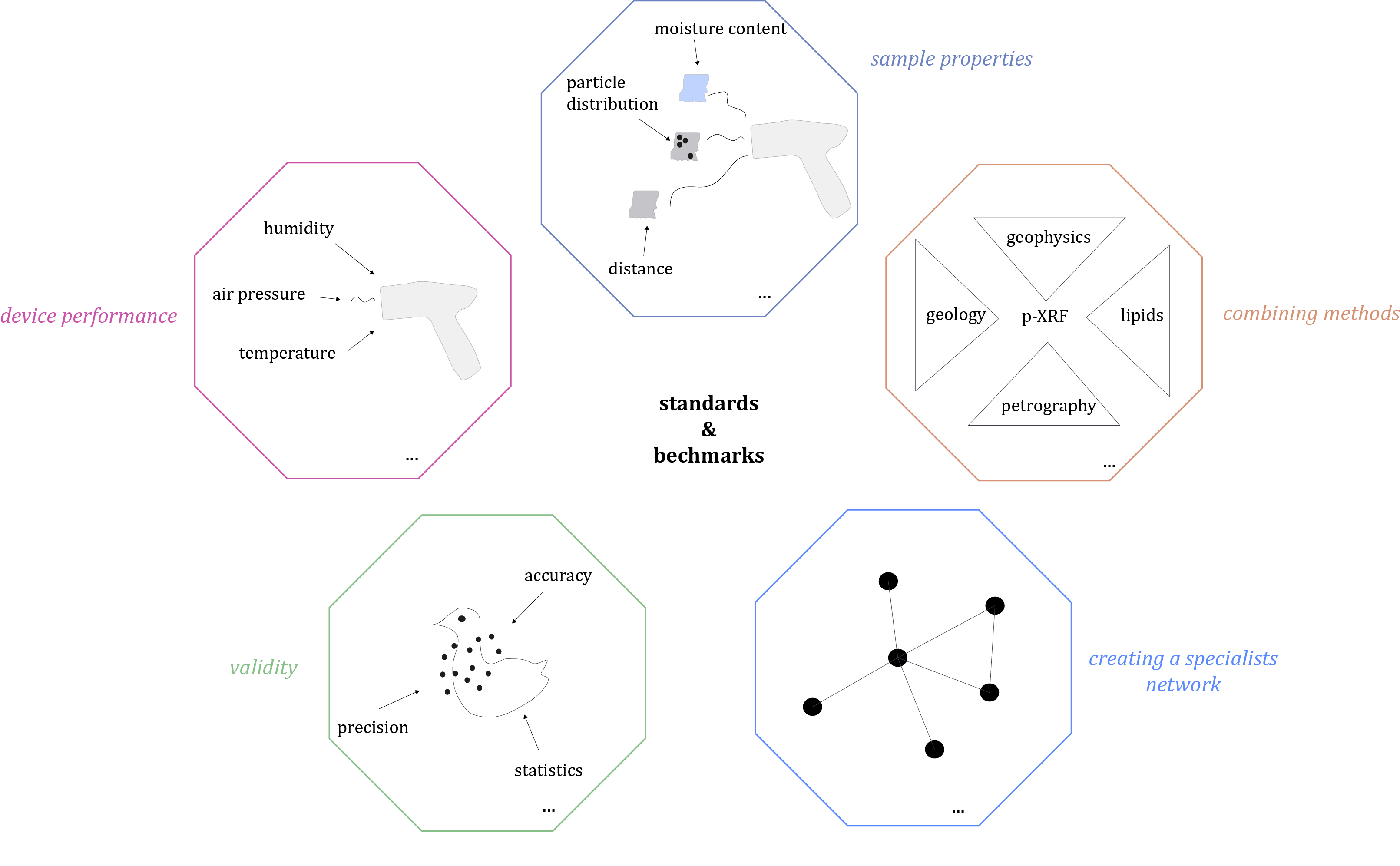
What is going on in the project?
The highly successfull Conference on Methodological Innovations in P-XRF Studies took place in September 2024!

